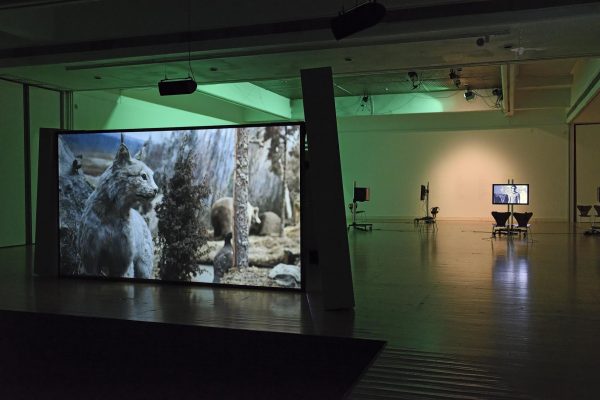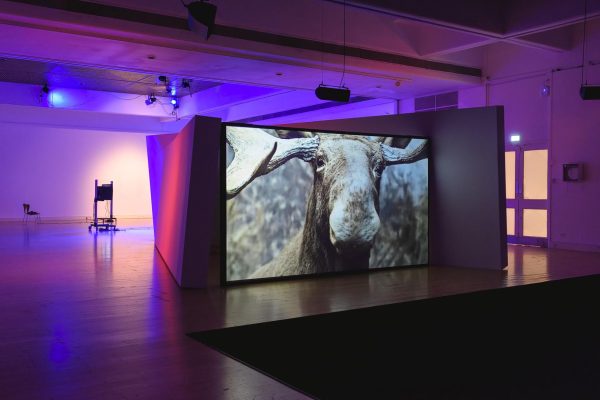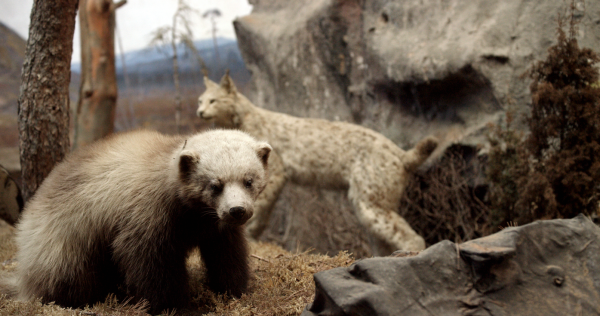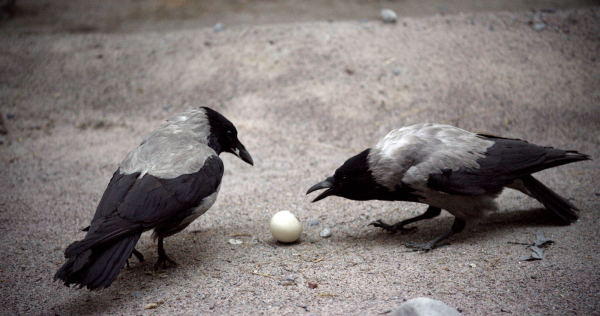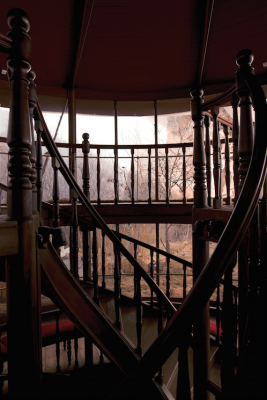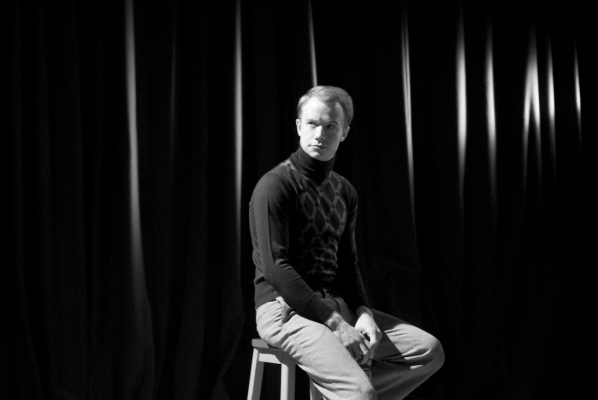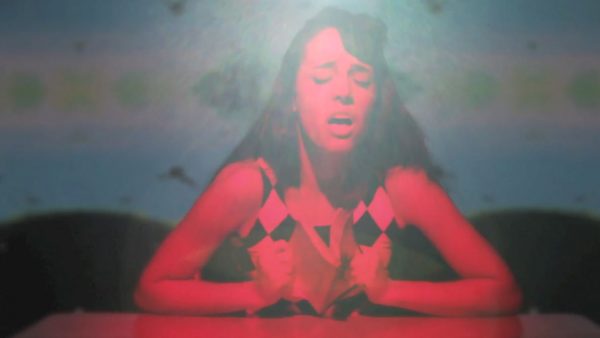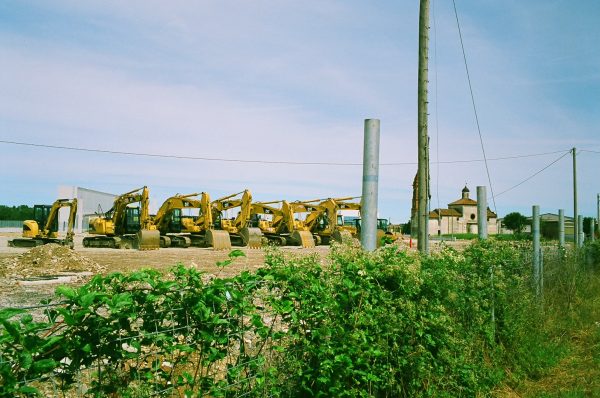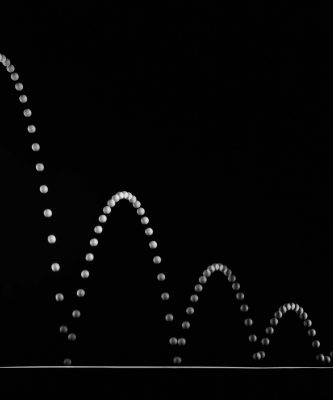I first encountered Gerard Byrne’s eerily dislocated films at Tate Britain, where 1984 and Beyond (2005–7) was shown on loop for the best part of a year. In the piece, Byrne employs actors as mouthpieces for a panel discussion about the future, first printed in Playboy in 1963. Dutch actors in woollen vests and bow ties drift around a modernist villa in the Netherlands, ventriloquising the conversation as printed in the magazine. The atmosphere is uneasy, as if time and authorship have slipped their moorings.
Byrne’s new exhibition at Warwick Arts Centre centres around a new work, entitled Jielemeguvvie guvvie sjisjnjeli – Film inside an image (2015). The film takes a display as its starting point – a large-scale nineteenth-century diorama in a half-forgotten natural history museum in Sweden. The diorama, which dates from 1883, depicts the Nordic wilderness in 3D fantasy form, with painted oceans, papier-mâché cliffs and taxidermied birds. Byrne gives us the title twice, first in Southern Sami, a disappearing Nordic language from regions rendered by the diorama; since there is no word for ‘film’ in Sami, the translation is an askew: ‘Film’ becomes ‘Life’. A selection of other films are also displayed on various monitors, shuffled together in a sequence that I can’t seem to decode; I later discover this was Byrne’s intent.
Now in his late 40s, Byrne has exhibited internationally, recently representing Ireland at the 2007 Venice Biennale and undertaking solo shows in London (Whitechapel Gallery, 2013) and Dublin (IMMA, 2011). His practice hinges on a series of films that reanimate conversations from the archive: New Sexual Lifestyles (2003) also plunders Playboy, this time a 1970s symposium with porn industry professionals; Subject (2009) with transcripts of 1960s students at the University of Leeds; and A Thing is a Hole in a Thing it is Not (2011), which refigures debates around minimalism in the 1950s.
My own conversation with Byrne takes place backstage at the Warwick Arts Centre, in a dressing room furnished with a Hollywood mirror studded with bulbs. Byrne, dressed in a teal-blue knit and casual pair of jeans, is cheerful and loquacious as he narrates the thought processes behind his work. To my alarm, just as we begin talking, a brass band springs to life in an adjacent room – a trumpet and sax rehearsing fragments of a concert piece. Between the trumpets, stage bulbs and mirrors, we are conscious of the orchestrated nature of our encounter, the interview as a performance on both sides.
